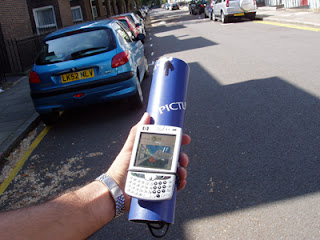Earlier today, Microsoft has announced a new product called ‘Microsoft Surface’ which marks the beginning of a new technology category and a user-interface revolution. ‘Surface’ provides effortless interaction with digital content through natural hand gestures, touch and physical objects. It aims in changing the way people interact with all kinds of everyday information — from photos to maps to menus. The key concept behind ‘Surface’ is to have a tangible way of interacting with every day objects. Technically speaking, ‘Surface’ uses cameras to sense objects, hand gestures and touch and it is similar to the concept of tangible augmented reality.

Surface computing, features four key attributes including: direct interaction; multi-touch; multi-user; and object recognition. In direct interaction, users can actually “grab” digital information with their hands, interacting with content by touch and gesture, without the use of a mouse or keyboard. In multi-touch, surface computing recognizes many points of contact simultaneously, not just from one finger like a typical touch-screen, but up to dozens of items at once. In multi-user, the horizontal form factor makes it easy for several people to gather around surface computers together, providing a collaborative, face-to-face computing experience. Finally, in object recognition, users can place physical objects on the surface to trigger different types of digital responses, including the transfer of digital content.
More information:
http://www.microsoft.com/surface/
http://www.geekzone.co.nz/freitasm/3026
More information:
http://www.microsoft.com/surface/
http://www.geekzone.co.nz/freitasm/3026


